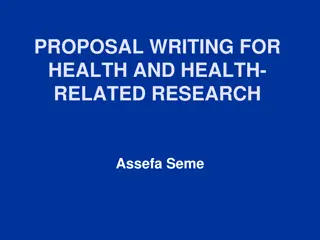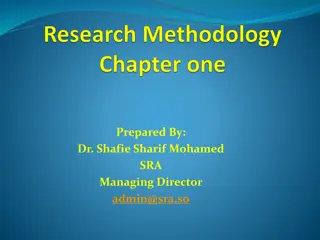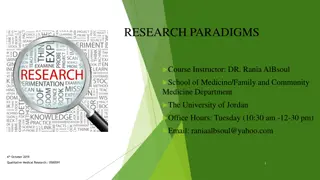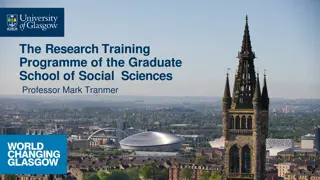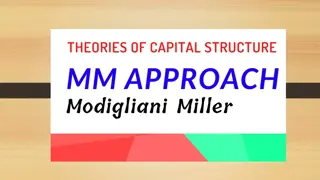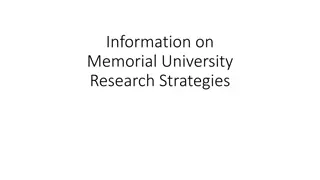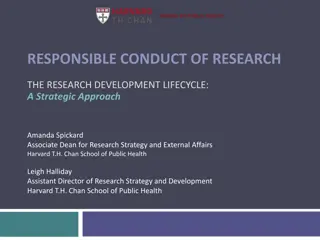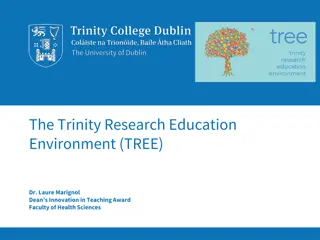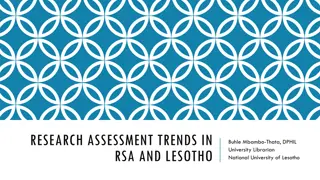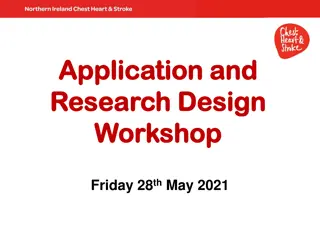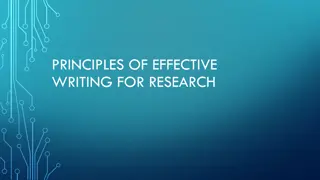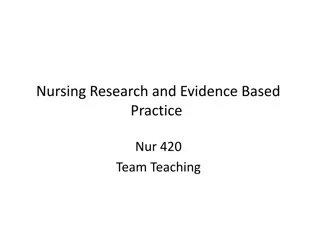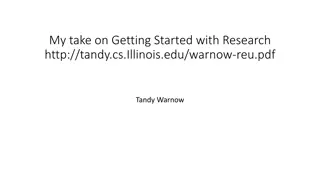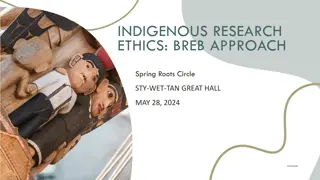
Challenges and Solutions in Macedonian Educational System Reforms
Explore the continuous revisions and challenges within the Macedonian educational system, focusing on recent changes in teaching methods and syllabuses for mathematics and science. Get insights on the impacts of curriculum changes, teacher opinions, textbook issues, and knowledge assessment results before and after reforms. Discover the debate on new teaching approaches, the role of textbooks versus teachers, and the need for improvements in knowledge transition between primary and high school levels.
Download Presentation

Please find below an Image/Link to download the presentation.
The content on the website is provided AS IS for your information and personal use only. It may not be sold, licensed, or shared on other websites without obtaining consent from the author. If you encounter any issues during the download, it is possible that the publisher has removed the file from their server.
You are allowed to download the files provided on this website for personal or commercial use, subject to the condition that they are used lawfully. All files are the property of their respective owners.
The content on the website is provided AS IS for your information and personal use only. It may not be sold, licensed, or shared on other websites without obtaining consent from the author.
E N D
Presentation Transcript
A ABSTRACT BSTRACT The Macedonian educational system is under continuous revision and changes to the syllabuses and methods of teaching. In the last decade, almost every aspect of teaching mathematics and science has been changed, some more than once. These last curriculum changes are made according to the Cambridge International Examinations Center. The learning materials have been translated and partially adapted, using the original centre materials. The presentation gives a critical overview on the methods of teaching, topics covered by the curriculum and knowledge assessment and students results, before and after the changes. Different opinions appeared among teachers, for and against the ,,new ways of teaching mathematics. Some of the arguments for and against will be presented, problems and questions will be stressed out and challenges and possible solutions will be offered. Since the quality of the math textbooks used in primary school has been pointed out as the biggest problem at the present situation, the talk also contains a discussion on the role of textbooks against the role of the teacher in the classroom.
R REFORMS EFORMS IN M MATHEMATICS ATHEMATICS AND IN THE THE EDUCATIONAL EDUCATIONAL SYSTEM ANDS SCIENCE CIENCE - - 2014 SYSTEM 2014 Translated textbooks according the Cambridge International Examinations Center (3 circles) Translation followed by adaptation (names, geographical terms, notion names and terms previously adopted) Questions: Was it a political decision (yes) Was it according a survey publicly conducted (no) Was there a need? (yes) Was there a reason? (yes) Which was the right way to introduce the new programs and syllabuses? How much time from idea till realization was needed?
R REFORMS EFORMS IN M MATHEMATICS ATHEMATICS AND IN THE THE EDUCATIONAL EDUCATIONAL SYSTEM ANDS SCIENCE CIENCE SYSTEM Have the result of assessment of knowledge improved? (no, just opposite) Were necessary conditions (financial and material) fulfilled before introducing the last reforms? (no) Was the right choice of textbook made? (seems not) How to overcome the gap in knowledge on the bridge between Primary and High School In sense of improving the system, is the spiral approach better? (results don t show that) Can the different experiences teachers have somehow be overcome? In this environment, did we get the right feedback of introducing the research approach in everyday math teaching (no)
W WHAT HAT TEACHERS TEACHERS EXPECTED EXPECTED BEFORE BEFORE THE THE REFORM REFORM The basic idea was to stress the need of transferring knowledge from theory to practice, as one of the most important characteristics of science and math, starting with the basics of science introducing independent students work on a higher level using students research on a law level in introducing the notions, properties and facts Improving learning materials Keeping the level and depth of introduced math notions and problems
W WHAT HAT TEACHERS TEACHERS OBTAINED OBTAINED More work, more preparations and greater need of additional materials More individual students work Less math themes covered (in width and in depth) Less knowledge presented by students Incompatibility with high school needs Less interest in math (opposite of the expectations)
P PERSONAL ERSONAL FINDINGS FINDINGS, ,7 7- -9 9 GRADE GRADE STUDENTS STUDENTS SURVEY SURVEY Stated problem Stated problem: : The constant The constant Imagine the Earth is an ideal ball. If the planet is rounded with a fiber, around the big circle, the obtain circle has perimeter of 40075 km. If we increase the length of the fiber with 2 m more, and imagine it is set around the Earth in a perfect circle form, the new circle is above the surface of the Earth. Which of the following animals can pass freely under the fiber: an ameba, a bumblebee, a cat and a camel? Often used in formulas Approximate value known Origin not known Common ways of calculating appropriate to students age, not known Interesting facts about not known (at least not many) Why the circle perimeter formula is exactly L L=2 =2r r ?
D DO O WE D DO O WE C CAN AN WE USE? ? WE RECOGNIZE RECOGNIZE THE THE CONSTANT CONSTANT WE OBTAINED, , INTRODUCED ITS VALUE VALUE IN IN AN AN EASY EASY WAY WE USE AND MEASURED MEASURED? ? WE KNOW KNOW HOW WE GET GET ITS HOW IT IT IS IS OBTAINED INTRODUCED AND WAY? ?
W WHAT HATI I EXPECTED EXPECTED TEACHERS INTRODUCING TEACHERS TO TO DO DO WITH WITH INTRODUCING Student Student Teacher Teacher Measure the perimeter of the jar cap (round the cap) with fiber Provide necessary accessories fiber, rulers, jar caps with different diameters Measure the diameter with ruler Give directions Divide the obtained perimeter and diameter, for several different caps Lead to the result Conclude
U USING SING FORMULAS FORMULAS After obtaining the approximating value, introduce the constant through formulas, L L d r = = 2 L is the circle perimeter, d is he circle diameter, r is the radius . Therefore = = 2 L r d
A ANOTHER NOTHER EXAMPLE EXAMPLE OF OF CALCULATING CALCULATING THE OF THE VALUE VALUE OF
P PRO RO AND SHORT SURVEY SURVEY AFTER AND CONTRA CONTRA ( (SHORT MONTHS) ) AFTER SEVERAL SEVERAL MONTHS Advantages obtained Better adopting of knowledge Better understanding the given problems Better application Appearance of critical thinking Durability of knowledge LEARNING WITH UNDERSTANDING Disadvantages More time is needed More resources needed (materials, trainings) More people (teachers) needed Less material covered (paradox)
M MACEDONIAN ACEDONIAN CASE CASE THROUGH THROUGH ONE ONE EXAMPLE EXAMPLE Two similar geometry problems with different objectives, in the same class, 9thgrade, according to old and to new syllabus Geometric 3D figures Old style Geometric 3D figures Assignment : Assignment : Calculate the volume on the regular triangular prism with a given edge of the base of 6 cm and height of the prism of 8 cm.
TEACHERS OBSERVATIONS ON THE OBJECTIVES The text directly reveals the kind of prism in question Students should recognize the regular from the irregular bases It is probably better let the students derive the conclusion of regularity with a differently given conditions Making the sketch develops creativity and precision Next step is to apply the given formula and interchange the values The basic deficiency of the assignment is the fact that the student is included into passive thinking process Research, individual work, functional thinking and concluding is neglected.
M MACEDONIAN ACEDONIAN CASE CASE THROUGH THROUGH ONE ONE EXAMPLE EXAMPLE New style Geometry and solving problems and Measuring Geometry and solving problems and Measuring and solving problems and solving problems Assignment : Assignment : Calculate the area of the prism shown on the picture below.
TEACHERS OBSERVATIONS ON THE OBJECTIVES o With only the picture given the students should determine the type of prism by them selves o They should make difference between types of edges, determine the height and use the given dimensions on the right place in the formula o The student has to be thinking functionally, developing the possibility of individual work o The walls of the prism should be distinguished by form o The logical thinking is present o The student should take active part in solving the problem and derive conclusions
T THE HE IDEA ABLE ABLE TO TO TO KNIT KNIT THE BETTER BETTER RESULTS ADOPTION ADOPTION, , BETTER APPLICATION APPLICATION OF IDEA OF TO USE THE SUGGESTED SUGGESTED METHODS RESULTS, , HIGHER HIGHER LEVEL BETTER ASSESSMENT ASSESSMENT RESULTS OF KNOWLEDGE KNOWLEDGE OF COMPARISON COMPARISON WAS USE THE THE GOOD GOOD SIDES WAS FOR SIDES OF METHODS AND LEVEL OF FOR TEACHERS TEACHERS TO OF BOTH BOTH PROGRAMS PROGRAMS, , AND OBTAIN OBTAIN OF KNOWLEDGE KNOWLEDGE RESULTS, , BETTER TO BE BE BETTER BUT BUT there are the controlling mechanisms inspections almost no freedom in constructing the process low self esteem lack of dedication
QUESTIONS The role of the teacher in the research approach against the role of the textbook The role of the classroom (equipment) The role of the parents (projects) The role of the teacher in the complete process of education and upbringing the students


